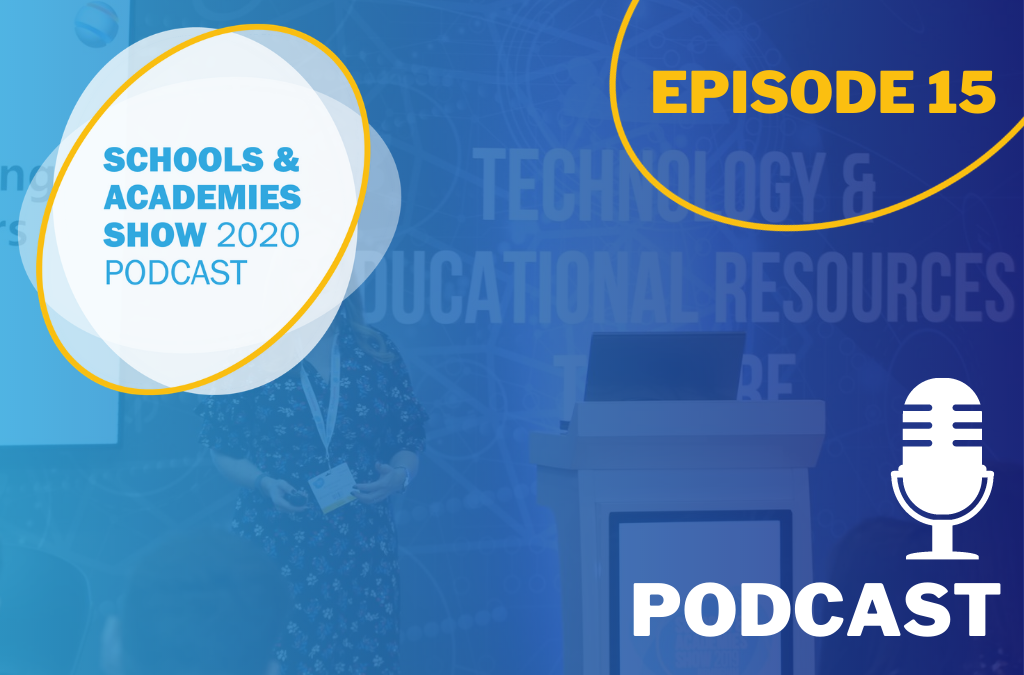What Does a Broad and Balanced School Curriculum Look Like?
What does a broad and balanced school curriculum look like?
With Ofsted inspections paying more attention to schools providing a broad and balanced school curriculum, Sam Sutton-Reid, Head of Curriculum Managers at Pearson explores what this means in practice including key questions to answer when designing a more holistic curriculum.
It’s becoming a bit of a soundbite... ‘broad and balanced curriculum’ and it’s very topical right now. This is thanks largely to the new Ofsted Education Inspection framework, which is seen as a move to encourage a more rounded education that is accessible to everyone. It also supports what industry and government have been saying about a skills-shortage and a need to embed the skills which make us employable into schools’ curriculums right from the start of Primary.
Schools are also mindful of the increasing mental health issues they are experiencing which a less-academically pushy and more balanced education could help with. Another factor in all of this is the rapidly changing world of work as a result of automation and globalisation, among other things. Whilst we don’t have the time to go into these in this blog, our work with the Nesta Foundation is worth a look to discover what skills will be needed to succeed in the future workplace.
What do we mean by broad and balanced?
The debate around skills vs knowledge (or both) still rages on, along with the question of the role of schools.
But most teachers I speak to would say that the purpose of school is to prepare children for life, with the skills and knowledge they need to be a good citizen contributing to society in a modern Britain, and to gain successful employment so they can make progress in life. How schools do this comes down to their curriculum - what they teach and how they teach it.
A broad and balanced curriculum is one that teaches a wide range of subjects and topics for as long as is possible for that child, promoting a broad range of knowledge and skills and allowing that child to discover and pursue their own particular interests and passions. The ‘balanced’ bit is about combining the skills and knowledge, the technical with the non-technical, the academic with the creative and the stretch with the accessible. It could also be interpreted as the balance of the person - their mental health and wellbeing and even getting the balance right with the need to test and achieve and the need to develop personally and individually.
What does a broad and balanced curriculum look like?
At Pearson, we believe there is no single best approach to curriculum design. There are, however, common principles of well-designed ‘broad and balanced’ curricula which, when considered in relation to subject and school context, provide a framework for creating, developing and evaluating a curriculum.
Recently we have been working with our partners at SSAT and conducted research with teachers, school leaders and curriculum experts to arrive at a set of principles. We have expanded these further to create guidance for a more holistic school curriculum.
| Principle | Key question |
| Vertical integration | Is the curriculum based on a clear, logical view of how material builds on material and what progression through a subject discipline looks like? |
| Appropriateness and accessibility | Does the curriculum provide an appropriate level of challenge for students, while also taking into account what is known about the way in which students learn, to avoid making unreasonable demands? |
| Focus | Is the curriculum clear about the most important material to include and omit, what the ‘big ideas’ are and for those big ideas is there a structure provided for organising the curriculum? |
| Balance | At the whole-school level, is the curriculum broad and balanced, ensuring each child can find their passion or ‘element’? |
| Rigour | Is the curriculum grounded in the study of subject disciplines, developing disciplinary habits of mind? |
| Coherence | Is the curriculum coherent across subjects in terms of the terminology used, the connections made between concepts and when certain concepts are introduced? |
| Relevance | Does the curriculum feel relevant, engaging and meaningful to students and support teachers in getting students interested in things they never knew they were interested in? |
| Deliverable | Does the volume of content in the curriculum – and the pace of coverage – make for a curriculum that is deliverable within the planned time-frame? And is there capacity for the curriculum to adapt in response to evidence of what students are and aren’t learning? |
| Measurable | Is the curriculum clear from the outset on what it wants students to learn and know - and does the approach to assessment support teachers and school leaders in knowing and evidencing whether those things have been learnt? |
| Personal development | Does the wider curriculum consider the personal development and wellbeing of pupils? Does it build resilience and promote good mental health whilst equipping them with the life-skills to enable them to make progress in their lives? |
*Principles 1 to 7 drawn from Redesigning Schooling: Principled Curriculum Design by SSAT.





.jpg)